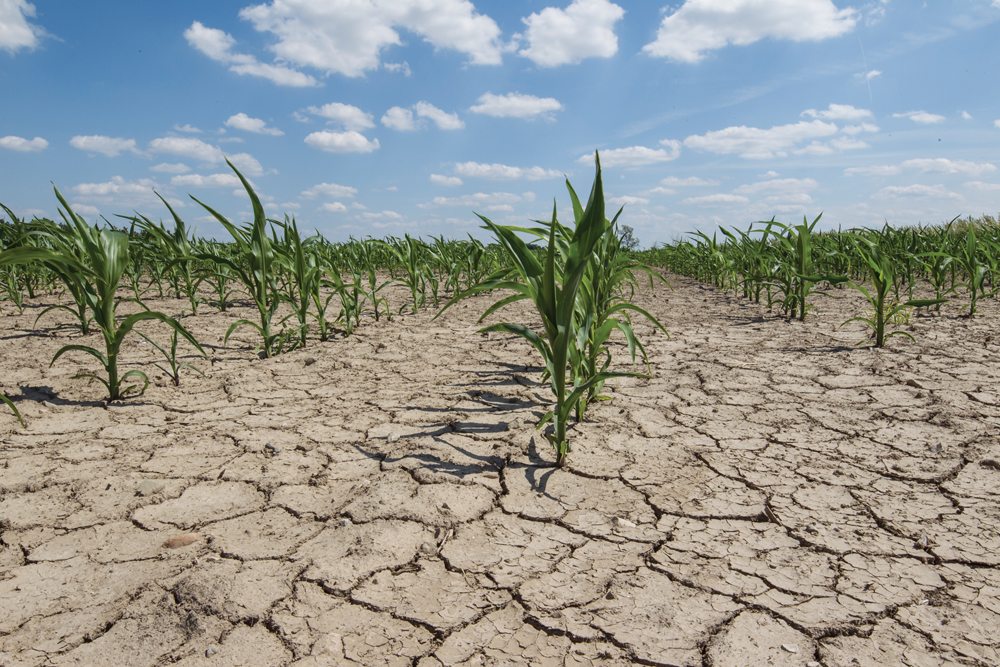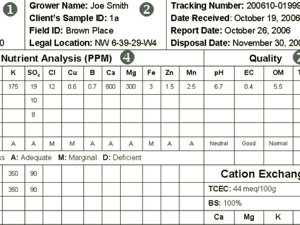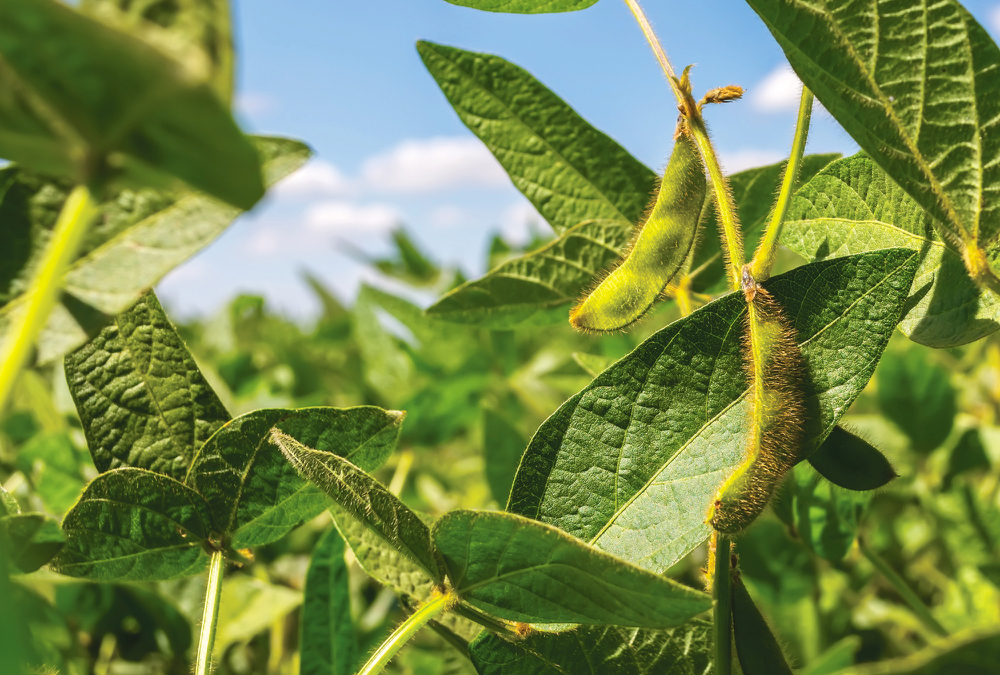Kevin Elmy suggests four ways grain farmers can ease into new farming practices

A question that I hear a lot is, “How do cover crops fit into a grain operation?” Lots of grain farmers have no desire to get into the livestock business and no interest in producing hay. But many have some soil issues that need to be addressed. This can be done by buying more iron or ramping up chemical inputs. Or, you can try to tackle the problems with some biology.
Cover crop options are available for most situations. The first thing to do is identify what issues you’re trying to address. Inadvertently, other issues may also be handled based on the cover crop species you throw in the mix.
Consider the problem you want to modify — is it a symptom or a cause? A symptom is produced from a cause; a cause is the actual root of the problem. Many times, especially medically, symptoms are dealt with, but the root of the problem is not always identified right away. The problem is not going to go away until the root cause is addressed.
An example is poor infiltration. Is the poor infiltration in your field due to compaction, poor aggregation, salinity, calcium-magnesium imbalance, low organic matter, a lack of plant diversity, a high water table or poor rotation? Is it simpler to get earth movers in to drain the soil? Otherwise, dealing with each of the potential causes of the poor infiltration will actually solve the issue instead of putting a Band-Aid on a broken leg. Some of the answers can address more than one of the issues.
Once you’ve identified the issue you can develop strategies. You can look at relay cropping, intercropping, a post-harvest cover crop or a full-season cover crop. Do you want to have it winter kill or let it overwinter and terminate it in the spring? Doing something positive is better than nothing.
One of your overlaying goals should be to increase organic matter. You can achieve this by keeping plants growing through the growing season from spring thaw to freeze up, reducing tillage, creating more plant diversity and increasing microbial activity in the soil. In reality, they are all connected.
1. Relay crops
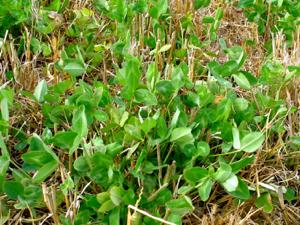
A relay crop is where two or more crops are planted — either at the same time or staged at different times. When the cash crop is harvested the relay crop is allowed to continue to grow. An example would be seeding canola, then adding subterranean clover in an after-herbicide application. The clover will grow under the canola canopy. When the canola is taken off, the clover will continue to grow.
Arbuscular mycorrhizal fungi in the soil establish symbiosis with many plants, stimulating plant growth and reducing fertilizer needs. They also improve soil quality, making the soil more diverse. However, these mycorrhizae do not colonize canola — canola is non-mycorrhizal. Adding subterranean clover to the canola field gives the mycorrhizae a host so that they can continue to grow with through the season.
2. Intercopping
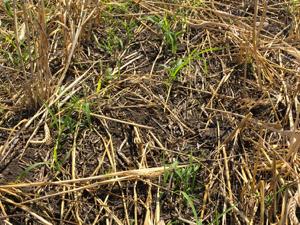
Intercropping is a process where two or more cash crops are grown together. Producers like Derek Axten, Jeff Odgers and Saskatchewan researcher Lana Shaw at the South East Research Farm are leading the way in finding ways of making this work.
Between the species used and the seeding rates of each crop in the mix, there is a learning curve. More research is needed, and many of the research results will be specific to local regions. The key is to start small and simple.
Intercropping would be the start of getting away from herbicides. As the crop blends progress in the field, a herbicide could take out part of the blend. But as soil health improves, the weeds are disappearing anyways.
3. Post-harvest cover crop

Seeding a post-harvest cover crop is the most popular way of getting cover crops in the ground, but it is the most limiting option in most cases. It does not matter if you are in LaCrete, Alberta, or in Atlanta, Georgia, you can grow crops that fill up most of the growing season.
Seed as early as you can so you can harvest before freeze up. There isn’t a lot of time to get a cover crop established. Seeding earlier-maturing crop varieties or winter cereals would move harvest earlier in the fall, giving the opportunity to seed your cover crop.
The cover crop species used should be fairly frost tolerant so plants can grow as late into the fall as possible, or even over winter if desired.
In later-maturing crops, one way to seed a cover crop is to spread the cover crop seed into your standing crop.
4. Full-season cover crops

When the economics of grain production is weak, maybe growing a full-season cover crop is the answer. Weak economics may be due to low soil productivity, climate issues, low commodity price or high input costs.
A full-season cover crop would be grown to replace summerfallow or chem-fallow. The soil moisture after cover crops will be lower than fallow, but the biology in the soil and infiltration rates will be much higher so by spring, moisture will be improved. This is assuming that appropriate species are used based on goals and expectations. The full-season cover crop could be used for grazing, hay or silage or kept as soil armour.
Changing your mentality

Like any other management change, the first step is to lose the “I can’t” mentality. The “I won’t” mentality is a different issue.
To start improving our soils, we need to start managing for soil health. Present crop production practices do not support soil health. In most cases, they support crop input expenses.
Setting goals is important in determining success of the cover crop, so the right species can be selected and seeded at an appropriate time. To drive healthier soils, we need to add plant diversity to our rotations, have plants growing throughout our entire growing season and build organic matter in our soils. Once we build soil health, we can bring profitability and sustainability back to agriculture.



